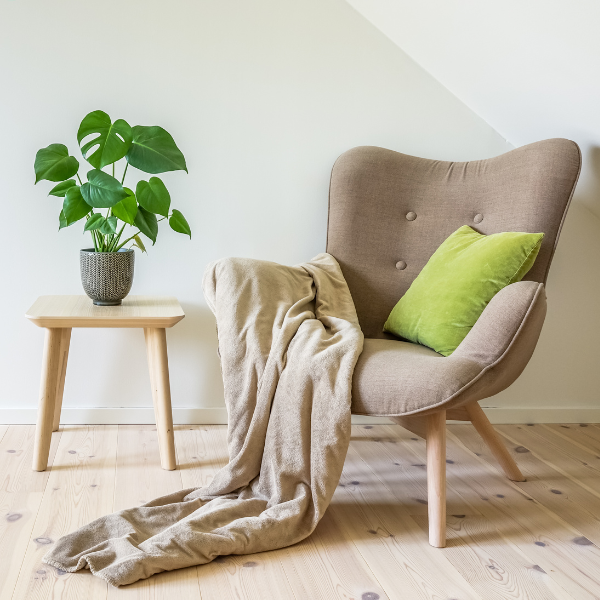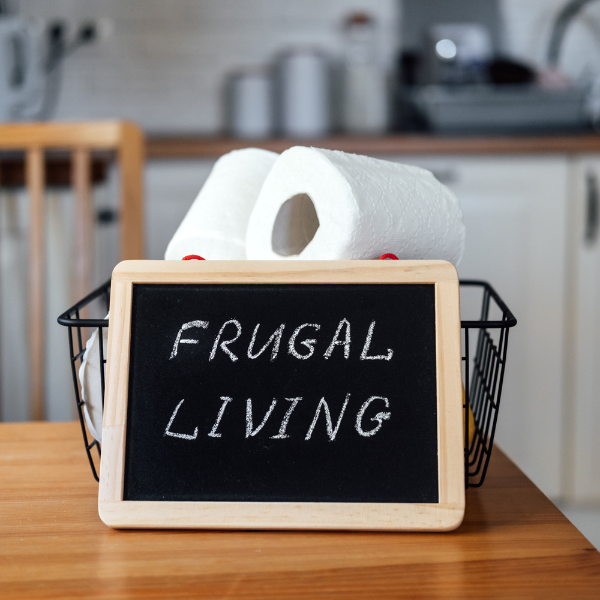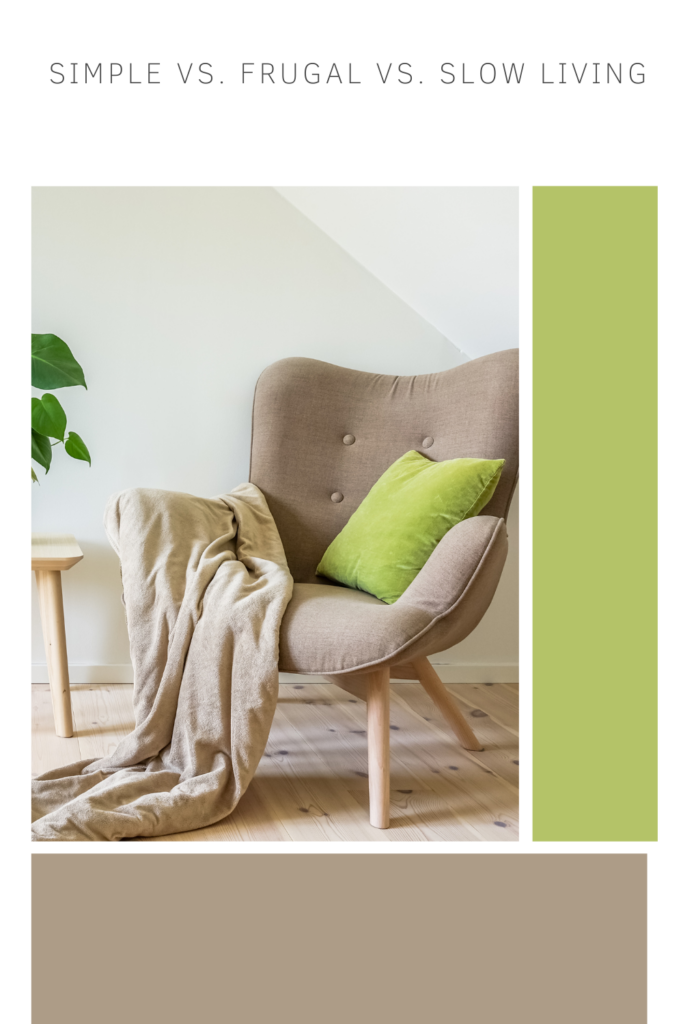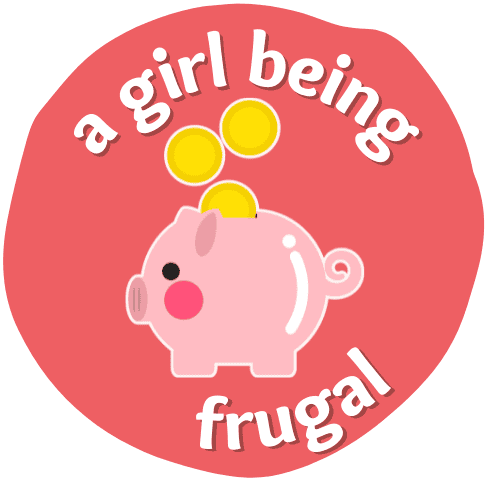Simple Vs. Frugal Vs. Slow Living

Are you tired of the hustle and bustle of modern life? Do you crave simplicity, frugality, and a more relaxed pace? You’re not alone. Many people are trading in their fast-paced lifestyles for a simpler, more intentional way of living. But what is the difference between simple, frugal, and slow living?
Let’s explore the nuances of each and help you decide which approach might be right for you. Whether you’re looking to save money, reduce stress, or live a more fulfilling life, there’s a lifestyle out there that can help you achieve your goals.
So let’s dive in!
Living a simple, frugal, or slow lifestyle has become increasingly popular in recent years. These lifestyles promote a conscious decision to focus on what truly matters and reduce unnecessary stress and clutter.
By embracing simplicity, frugality, or slow living, individuals can enjoy numerous benefits such as more free time, stronger relationships, improved physical health, and decreased stress levels. Exploring these lifestyle choices can lead to a more fulfilling and intentional way of living.

Definition of simple living
Simple living involves simplifying your life and focusing on the essentials. This includes valuing what you have, learning to live with less, and prioritizing minimalism, intentional living, and sustainability. It is a voluntary decision to lessen consumption, materialism, and the accumulation of possessions. Simply living encourages individuals to concentrate on significant aspects of life, such as family, friends, relationships, and experiences, rather than material possessions or resource depletion.
People who live say “no” to commitments they don’t want to make, keep their spaces free of clutter and tend to live a more frugal lifestyle. Simple living allows you to focus on what truly matters to you and live a more intentional and fulfilling life.
You might enjoy these posts:
Definition of frugal living
Frugal living is all about living within one’s means and making wise financial decisions. It means finding the most cost-effective solutions to problems and knowing when it’s worth spending a little more. It involves prioritizing spending on things that truly matter and cutting back on unnecessary expenses. It is about being mindful of how money is spent and ensuring that resources are used wisely and efficiently.
Frugal living is also about finding creative ways to save money. Whether through coupons, bargain hunting, or creative DIY projects, frugal living can help you stretch your resources and make saving money a more enjoyable process.
Definition of slow living
Slow living is a deliberate choice to live mindfully and sustainably. It is about giving your actions the time they deserve based on your values. People who embrace slow living value their free time, community connection, and eco-friendliness.
It could mean taking a lower-paying but less stressful job or buying groceries from the local farmer’s market each week. Slow living is about rejecting the typical “fast” lifestyle and instead focusing on what truly matters in life. It is a way to find contentment and happiness by prioritizing the things that align with your values.
At the end of the day, it’s up to you to decide which approach best suits your lifestyle. Each has its advantages and disadvantages, so it’s worth taking the time to consider your priorities before deciding. Whether simple, frugal, or slow living is right for you, there are plenty of ways to make your life simpler and more meaningful.
Simple Living
Simple living is all about reducing our belongings, living more frugally, and being more self-sufficient. It involves focusing on experiences rather than material possessions and finding joy in the little things.
On the other hand, frugal living is closely related to simple living as it naturally emerges from it. It involves being mindful of our expenses, maximizing savings, and reducing living expenses. Slow living, inspired by the slow food movement, encourages us to live at a slower pace and appreciate the moments in life.
It involves living sustainably, supporting local businesses, and finding balance in our lives.
Benefits of simple living
One of the key benefits of embracing simple living is the sense of freedom it brings. By reducing our belongings and focusing on what truly matters, we can experience a lighter and more fulfilling lifestyle.
Simple living allows us to prioritize our values and spend our resources on what brings us joy and fulfillment. It also helps to reduce stress and declutter our spaces, creating a sense of calm and simplicity in our daily lives. Embracing simple living can lead to a more intentional and meaningful existence.
Tips for embracing simple living
- Practical tips for embracing simple living can help create a more balanced and fulfilling lifestyle. Start by decluttering your living space and getting rid of unnecessary possessions.
- Focus on experiences and relationships rather than material possessions.
- Opt for quality over quantity when making purchases.
- Embrace a minimalist approach to your wardrobe and only keep items you love and wear regularly.
- Make time for self-care, relaxation, connecting with nature, and practicing gratitude.

Frugal Living
Simple living is about reducing belongings, living frugally, and being self-sufficient. Frugal living focuses on maximizing savings and accumulating assets, living off the land, and being sustainable. Inspired by the slow food movement, slow living involves going slower, savoring moments, and prioritizing quality over quantity.
These lifestyle choices bring numerous benefits, such as reducing stress, supporting local businesses, and preserving the environment. By embracing simple, frugal, and slow living, individuals can find greater fulfillment and purpose in their lives.
Benefits of frugal living
Frugal living offers numerous benefits beyond just saving money. By being intentional with our purchases and possessions, we can focus on what truly matters to us instead of being influenced by material goods.
Frugality promotes a purpose-driven existence and allows us to live simpler and more fulfilling life. It also helps to reduce waste, fosters community connections, and fosters closer family relationships. Overall, frugal living brings peace, simplicity, and a sense of contentment to our lives.
Tips for practicing frugal living
Regarding frugal living, practical tips can help you save money naturally and sustainably. Some tips include shopping at thrift stores or yard sales for secondhand items, cooking meals at home instead of eating out, and incorporating more vegetarian or vegan options into your diet.
By being mindful of your spending and making conscious choices, you can embrace frugal living without sacrificing quality of life.

Slow Living
Simple living is a lifestyle choice that involves reducing possessions and focusing on experiences rather than worldly possessions. It encourages minimalism and a shift towards quality over quantity.
On the other hand, Frugal living is closely related to simple living but emphasizes budgeting and careful planning instead of mindless consumption. Slow living, derived from the slow food movement, promotes a slower pace of life to savor the moments and prioritize what truly brings joy.
All three concepts aim to reduce stress, promote sustainability, and foster a deeper connection with oneself and the world.
Benefits of slow living
Slow living offers numerous benefits for those who embrace this lifestyle. By living more mindfully and sustainably, individuals can experience a greater sense of contentment and fulfillment. Slow living encourages focusing on what truly matters in life, such as relationships, personal growth, and connection with nature.
It allows for more free time and a slower pace, reducing stress and improving overall well-being. By embracing slow living, individuals can find greater joy and satisfaction in their everyday experiences.
Tips for embracing slow living
Embracing slow living can be a gradual and natural process. Start by finding outdoor spaces where you can slow down and take a breath, even if you live in a bustling city. Create a slow morning routine by giving yourself enough time to enjoy your breakfast and savor each moment.
Practice monotasking instead of multitasking to improve focus and productivity. Take your full lunch break to clear your head and recharge. Appreciate silence by turning off music and TV to hear the small sounds of everyday life.
Spend quality time outdoors as a family and connect with nature. Find pockets of time throughout the day to meditate and quiet your mind. Give yourself extra time in the morning to appreciate your surroundings on your way to work or school.
Learn to say no and set boundaries to prioritize what truly matters. Engage in creative activities and make things from scratch to find joy in simplicity. Embracing slow living doesn’t have to be overwhelming, but rather a gentle shift towards a more intentional and fulfilling lifestyle.
| Living Style | Simple Living | Frugal Living | Slow Living |
|---|---|---|---|
| Definition | A lifestyle that emphasizes minimalism and self-sufficiency, focusing on what truly matters in life | A lifestyle aimed at reducing expenses and waste, prioritizing saving money and resources | A lifestyle that promotes a slower pace of life, focusing on mindfulness, quality over quantity, and connection to nature |
| Key Principles | Minimalism, self-sufficiency, decluttering, prioritizing values | Budgeting, resourcefulness, DIY, reducing waste | Mindfulness, work-life balance, sustainability, enjoying the present moment |
| Goals | To lead a more meaningful and less stressful life by eliminating unnecessary possessions and distractions | To save money and resources, becoming financially independent and environmentally responsible | To find happiness and fulfillment by focusing on relationships, experiences, and personal growth |
| Examples | Growing your own food, living in a smaller home, reducing screen time | Using coupons, shopping second-hand, repurposing items, meal planning | Practicing yoga or meditation, disconnecting from technology, appreciating art and culture |
| Benefits | Reduced stress, increased focus on personal values and goals, lower cost of living | Financial independence, reduced environmental impact, resourcefulness | Improved mental health, stronger relationships, greater appreciation for life’s simple pleasures |
The Differences and Overlaps
Comparing simple living and frugal living
Comparing simple living and frugal living, both concepts revolve around intentional choices that prioritize values and reduce excess. While simple living focuses on minimal possessions and spending resources on important things, frugal living emphasizes living within one’s means and making cost-effective decisions.
While there is an overlap between the two, simple living is more about decluttering and embracing a minimalist lifestyle, whereas frugal living is primarily about financial prudence. Ultimately, both lifestyles promote contentment and conscious decision-making.
Comparing frugal living and slow living
When comparing frugal living and slow living, there are some distinct differences to consider. Frugal living focuses on being financially mindful and making intentional money-saving choices. This includes budgeting, finding deals, and cutting unnecessary expenses.
On the other hand, slow living emphasizes sustainability and mindfulness. It’s about taking the time to appreciate the present moment and living in harmony with nature. While both concepts promote simplicity and intentional living, they have different priorities and approaches.

Comparing simple living and slow living
Comparing simple living and slow living can help us understand the different approaches to a more intentional lifestyle. Simple living focuses on reducing possessions and living with less, while slow living emphasizes mindful actions and sustainability.
Both share a common desire for a slower pace of life and prioritizing what truly matters. By comparing these two concepts, we can gather insights into incorporating elements of simplicity and mindfulness into our daily lives.
Commonalities among the three concepts
There are several commonalities among simple, frugal, and slow living concepts. All three lifestyles prioritize sustainability and reducing one’s impact on the environment. They also encourage mindfulness and a focus on what truly matters in life.
Also, simple, frugal, and slow living promotes a sense of contentment and a rejection of excessive material possessions. Embracing any of these lifestyles can lead to greater fulfillment and a more balanced approach to life.
Simple, frugal, and slow living are intentional lifestyles that prioritize values and choices. Simple living focuses on having less and decluttering, while frugal living emphasizes being wise with money and living within one’s means. Slow living values sustainability, mindfulness, and being present at the moment.
While there are differences between these lifestyles, they also share commonalities, such as intentional decision-making and prioritizing what truly matters in life. It is up to each individual to explore and embrace these lifestyle choices based on their own values and circumstances.
Incorporating simple, frugal, and slow living into your lifestyle can have numerous benefits. By embracing these lifestyle choices, you can reduce stress, simplify your routine, save money, and prioritize experiences over material possessions.
It’s an opportunity to reconnect with what truly matters and find contentment in the present moment.
